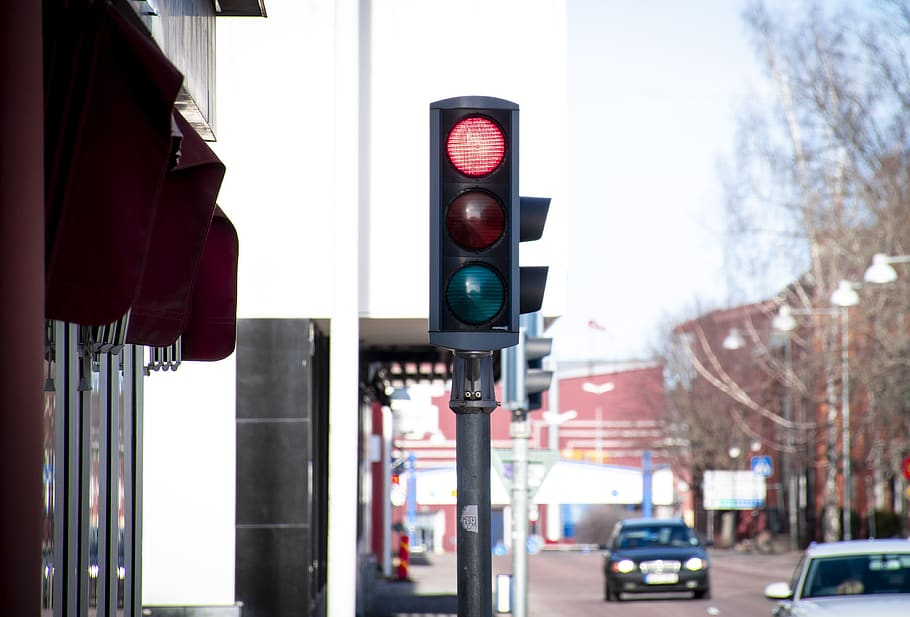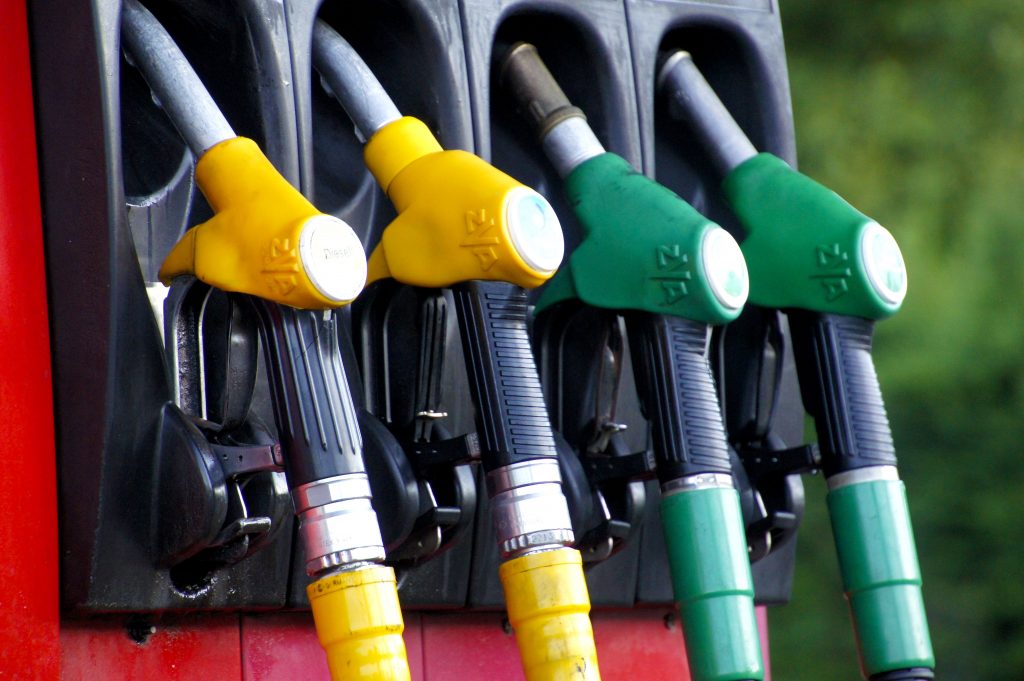Like most Canadian people, you probably drive between 10 and 15,000 km per year. So if you reduce your consumption by 1 L per 100 km, you can save 150 L per year. This post will give you tips on how to save fuel.
Air conditioner
Using the air conditioning of your car consumes between 5 and 10% on a full tank depending on the model. The same goes for preheating the passenger compartment during the winter before taking the car out: 5 min per day over 3 months will consume not far from a full tank without driving the slightest kilometre!
Consumption at standstill
10 min per day for 2 months = 1 full tank. When waiting for a long time, at a red light, at the school exit, while going to get bread, do not leave your engine running unnecessarily. It is in your best interest to control the consumption of your vehicle!
Taking advantage of your car’s momentum

You spot a light in the distance that turns red, a stop sign is pointing its nose, or you are arriving at a tollgate? No need to keep your foot on the gas pedal; let the car drive to the stop to be marked and brake only when you reach it. The moment your foot no longer touches the accelerator pedal, the gas supply is cut off.
When starting, the best thing to do is to make a short acceleration and then maintain the momentum taken according to the road’s configuration. In this way, you can avoid approximately 40% of accelerations. Anticipating decelerations and stops thus avoids gas over-consumption by 50%! It’s worth the effort.
Note: to best anticipate upcoming decelerations, don’t hesitate to take a look in the windshield of the car driving ahead of you.
Turn off the engine
A good reflex is to turn off your engine for all stops longer than 30 seconds – that is 50% of all stops. At the gas station, at red lights, in traffic jams, at a level crossing, etc., there are many opportunities to stop. Learn how to take advantage of them! You will be able to save 15% of your gas consumption.
Stop this preconceived idea: it is better to leave your engine running for 1 minute when stopped than to turn it off and restart it. This is false because leaving an engine running for more than 60 seconds uses more gas than stopping the engine and restarting it 60 seconds later. And for those people who don’t want to turn off their engine manually every time they stop for a while, a better option is to choose a car model equipped with the Stop & Start system.
How does the Stop & Start system work?
For manual transmission models: release the clutch in neutral to stop the engine and press the clutch pedal again to restart it;
For automatic transmission models: by keeping your foot on the brake pedal, the engine is shut off. It starts again the moment you release your foot from the brake.
Don’t neglect your tires
20% of your vehicle’s total gas consumption goes into the tires. It is, therefore, necessary that they are well inflated and in good condition. To do this, check your tire pressure every month. You will find a label in the gas filler flap or the frame of the driver’s side door indicating the pressure recommended by the car manufacturer. Under-inflated tires increase gas consumption by 5%. Therefore, if you are riding on good roads, you can allow 0.3 bar more than the figure indicated to compensate for the post-inflation pressure loss.
Old tires
You should also check the tires for wear and tear. Smooth tires will not adhere to the road (even becoming dangerous in wet conditions) and will increase gas consumption. Your tires should never wear beyond the wear indicator: the wear indicators are located in the tire’s grooves and allow you to check that they are at least 1.6 mm (the legal minimum). Ensure they have no defects on the sides (impact, spike, etc.) that could cause a slow puncture.
A car is expensive, so don’t deprive yourself of saving money. Can’t get enough of it? Discover our other contents to help you out:



2 thoughts on “Secrets Gas Station Don’t Want You to Know!”